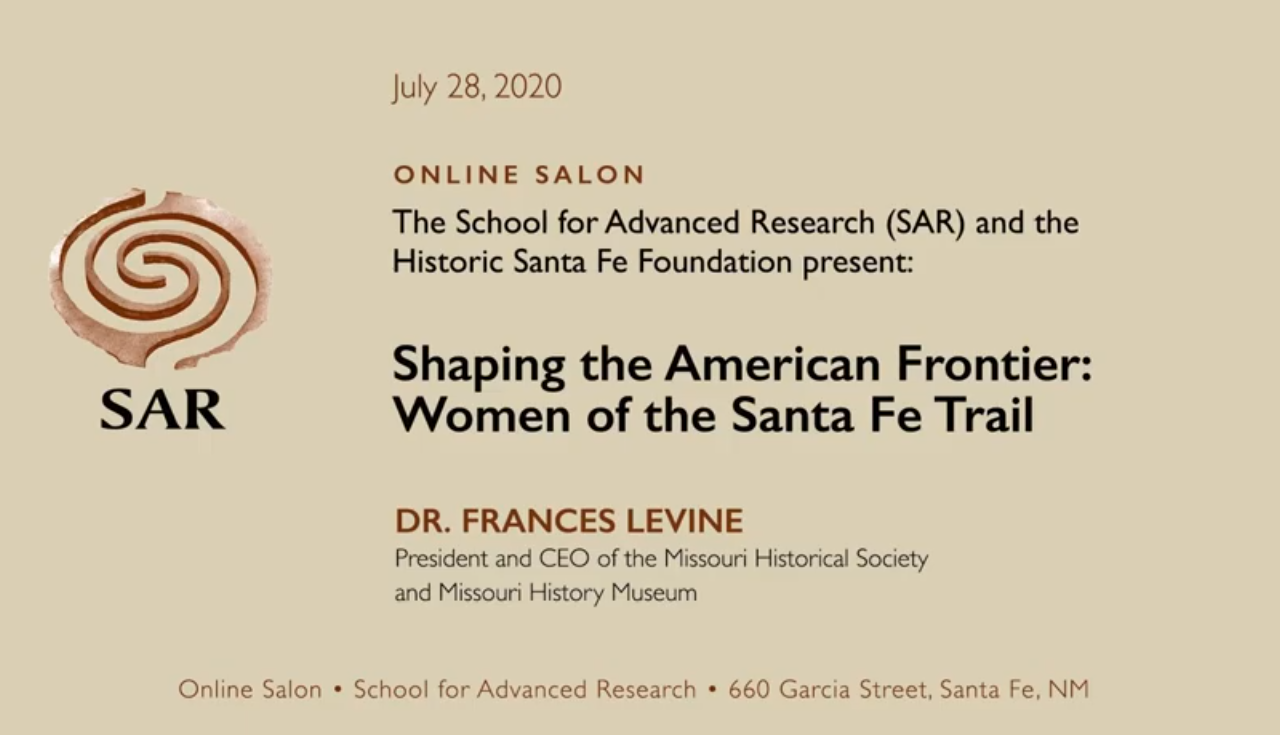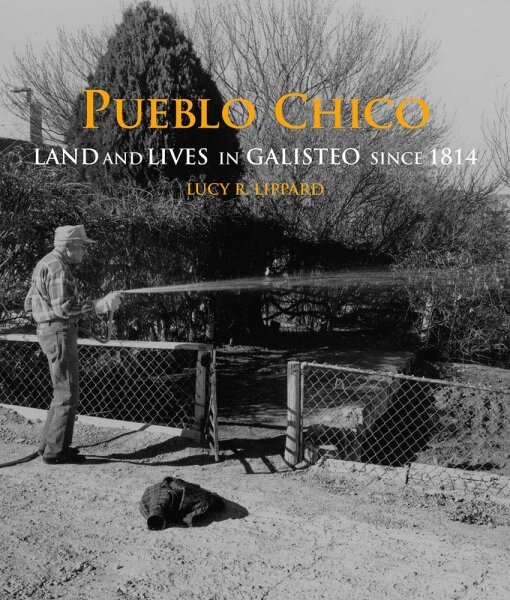
Dr. Frances Levine lecture on Women of the Santa Fe Trail

Rebel of the Colorado: The Saga of Harry Leroy Aleson - A Book Review by Pete Warzel

John Gaw Meem: Respecting the Past, Building the Future
Springtime on Canyon Road

